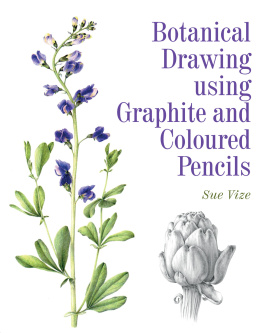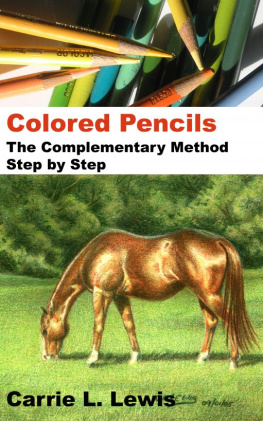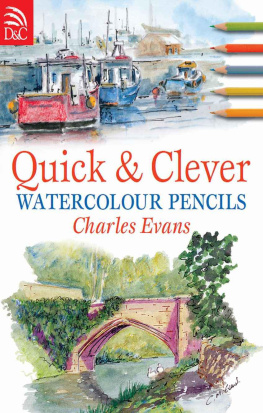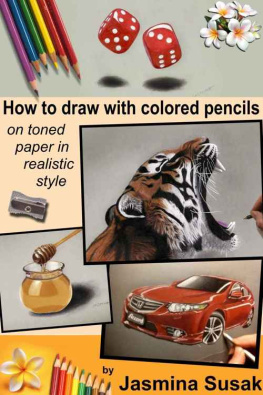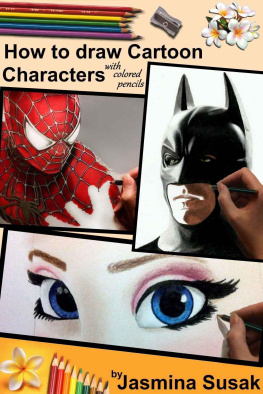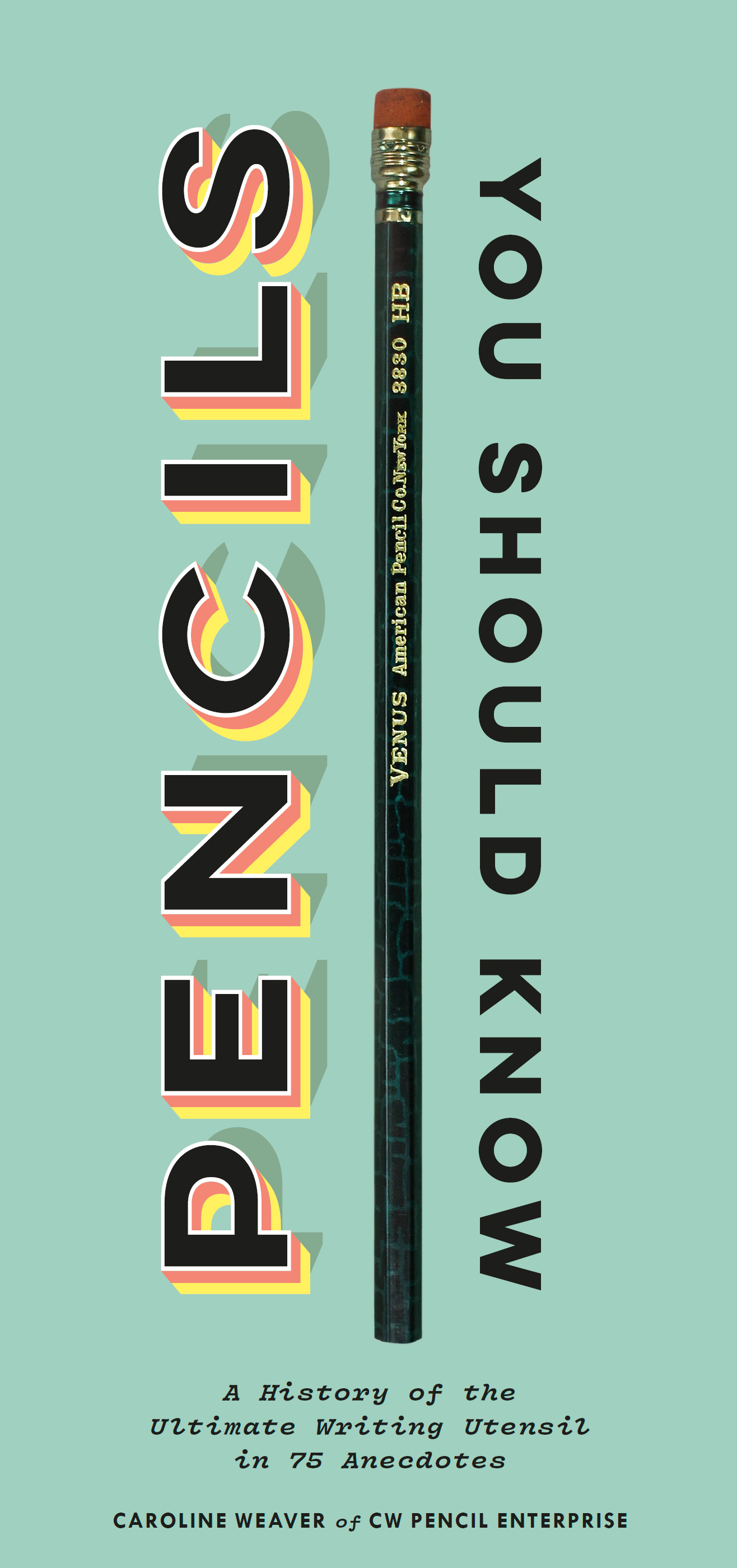

Copyright 2020 by Caroline Weaver.
All rights reserved. No part of this book may be reproduced in any form without written permission from the publisher.
ISBN 9781452178509 (epub, mobi)
Library of Congress Cataloging-in-Publication Data
Names: Weaver, Caroline, author.
Title: Pencils you should know : a history of the ultimate writing utensil in 75 anecdotes / Caroline Weaver.
Description: San Francisco : Chronicle Books, 2020. | Summary: From the humble, handcrafted pencil of the nineteenth century to the novelty writing implement of the 1990s, each object in this book tells a different story. Trace the history of the pencil over time and across the globe, and discover everything you need to know about this simple yet ingenious inventionProvided by publisher.
Identifiers: LCCN 2019032603 | ISBN 9781452178370 (hardback)
Subjects: LCSH: PencilsHistoryAnecdotes. | PencilsDesign and constructionAnecdotes. | BISAC: DESIGN / Product
Classification: LCC TS1268 .W43 2020 | DDC 674/.88dc23
LC record available at https://lccn.loc.gov/2019032603
Design by Allison Weiner.
Photographs by Olivia Megalis.
Chronicle Books LLC
680 Second Street
San Francisco, California 94107
www.chroniclebooks.com
Contents
Introduction
The pencil is a curious object. Everyone is familiar with it, yet most people dont actually know much about it. Since the advent of electronic transcription technology (a.k.a. computer keyboards), pencils are no longer the focus of innovation in the mainstream worldbut this wasnt always the case. The pencil has been around for nearly four centuries and, over the course of its history, has undergone many small but meaningful changes. It is primarily made up of a few simple materials: graphite, water, and clay for the core, which is glued into a wooden casing. Everything additional is cosmetic, though the embellishments often say the most about a specific pencil and its history.
In fact, when it comes to telling the difference between one pencil and another, its the little things that set them apart. The identity of a pencil has almost as much to do with where and when it comes from as it does with its intended function. The pencil industry was once an international giant, with manufacturers producing their own unique models in countless factories on almost every continent. Found everywhere from Pakistan to Portugal to Mexico, the pencil has existed in many forms and many cultures. Even today, companies produce myriad wonderful, well-designed pencils that just dont make it into global circulation; theyre made purely and simply to supply the needs of their local markets. Its my job (and my pleasure) to bring these objects to light and to share what makes them beautiful. Each one is its own mini anthropology lesson.
As word processing technology has advanced, the primary function of the pencil has also changed. It has become less of a daily necessity and more of a fashion accessory. It is a symbol of the analog lifestyle and an icon of creativity. It functions as a meditative object, a grounding tool that helps us feel connected to something when we use it or hold it. Not all pencils are created equal, but they all serve the same purpose.
Ive always been drawn to the pencil as an object. As a kid, I was fascinated by their compactness and simplicity. I love that this affordable little commodity is also highly collectible. After traveling the world and studying the pencils of places near and far, I can glean meaningful information about a culture through each unique object. What is easy to forget sometimes is that the pencil, as seemingly simple as it is, took hundreds of people and hundreds of years to come into being. Its the innovation and creativity of those people that made the pencil the perfect utilitarian writing and drawing tool, requiring nothing more than a blade to sharpen it and a hand to hold it.
The history of the pencil is a circuitous one. Graphite was first discovered in the 1560s in the Lake District of England, and though the substance was recognized early on for its transferable qualities, it wasnt until the mid-1600s that graphite was first cased in wood. Early pencils were flat instead of round; contained a cut sliver of pure, unprocessed graphite; and were made strictly for ease of use and tidiness. By the mid-1800s, cabinetmakers and skilled craftsmen, working by hand, were making and selling the slim, 7-inch-long pencil that we know today. The advances of the industrial revolution eventually catapulted the pencil industry into the modern age, mechanizing each step of the production process. And in the two hundred years that followed this mechanization, a whole slew of people dedicated their lives and their careers to making the pencil better, or making it their own. These peopleinventors, designers, and utilitariansmade the pencil not only an essential object of everyday life, but a cultural icon.
From the first deliberately painted pencil, to the material changes due to rationing and shortages during World War II, to the novelty pencil fads of the 1990s and everything in betweenthese objects all have stories. The origins of even the earliest pencils are tied up with marketing strategies and fashion trends. Political and social climates also played a big role in how these tools were made, in terms of both materials and design. The objects and processes are also deeply rooted in family, cultural, and company histories. Due to the precise nature of the craft and the difficulty of acquiring and maintaining the necessary equipment, theres no such thing as a new pencil factory anymore.
Beloved by many, the humble pencil has fans and historians all over the world dedicated to collecting these writing implements and celebrating their individual quirks and qualities. Bob Truby of Brand Name Pencils (brandnamepencils.com) is one such collector. With thousands of pencils cataloged online, Truby has become a documentarian of the pencils evolution. Many of the pencils in this book come straight out of his well-organized collection, which is full of rare treasures. Another important artifact Ive borrowed for this volume is the infamous Thoreau penciloriginally made by John Thoreau and Henry David Thoreau in the mid-1880s. Its an early breed of pencil found in only the most prestigious collections; the bundle shown in this book comes from the Morgan Library & Museum in New York City.
The beauty of the pencil lies in its ability to evoke nostalgia in a way that varies from person to person and culture to culture. The smell of the wood, the feel of a fresh point, a particular shade of yellowall these small, tactile things make the pencil a unique and perfect object. Each pencil in this book has a different story to tell and visually represents a particular moment in history. Lets explore the pencil for what it was, celebrate what it is, and imagine what it can become.
The Pencils

Lead Pencils
1830s John Thoreau & Co. Concord, Massachusetts, USA
John Thoreau was the first commercially successful pencil maker in American history. He started crafting pencils by hand in Concord, Massachusetts, in the 1810s, with the help of his son Henry David, who would later become a famous writer. Early Thoreau pencils were made with a combination of graphite, glue, bayberry wax, and spermaceti. They were cased in cedar by hand and sanded until round. Thoreaus pencils were rustic in appearanceunfinished, simply branded, and sold in bundles of twelve. Legend says that it was Henry David who came up with the idea to make pencils of different grades, numbered 1 through 4, from dark/soft to light/firm, just as were used to grading them today.
Next page


